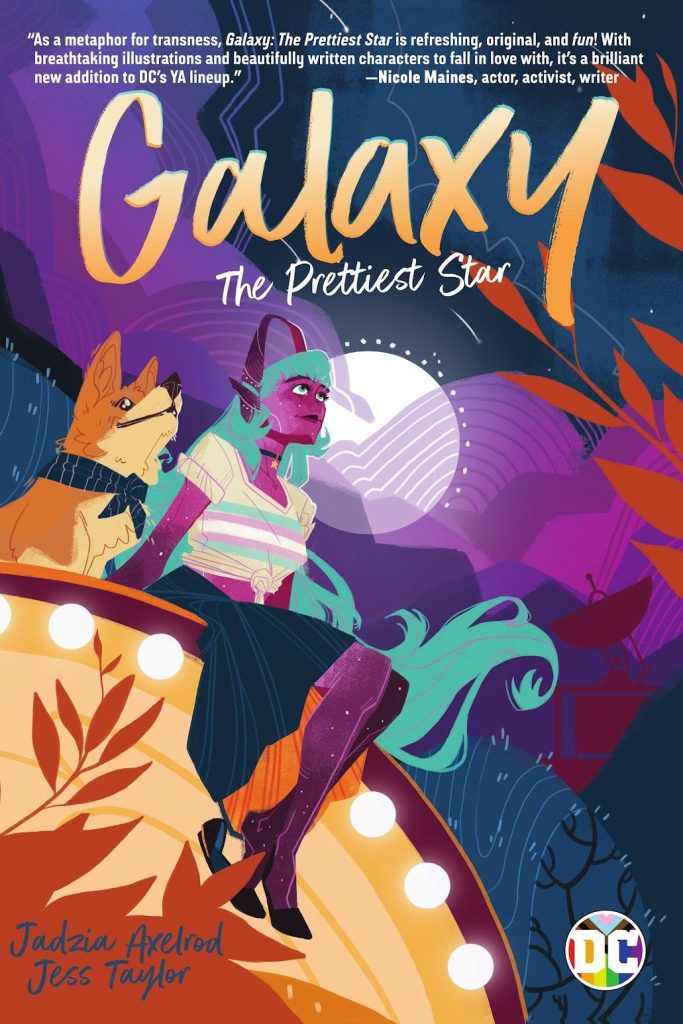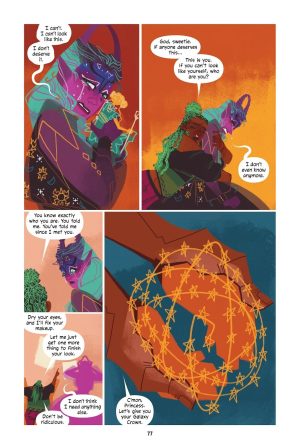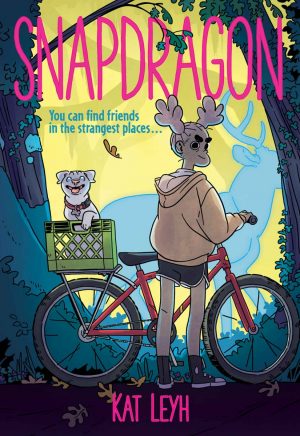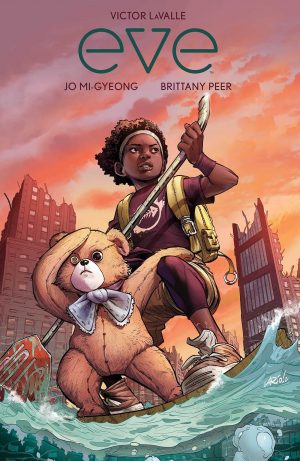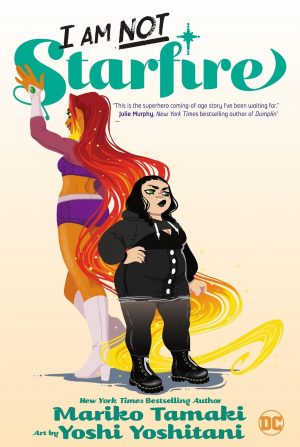Review by Karl Verhoven
Until Galaxy DC’s line of young adult graphic novels has featured alternate versions of their regular characters, although creditably not always the most obvious, which could be because there’s greater gender representation among the revised superheroes.
Jadzia Axelrod reveals early on that Taylor Barzelay is an alien in human form, a princess in hiding on Earth from aggressive alien conquerors the Vane, accompanied by two siblings and an adult protector who considers a form of family unit the best concealment. Their transformations are enabled by a jewel, although it’s not a gimmick enabling multiple switches. It’s a clever way of examining issues of identity, the analogy of someone trapped in a body they don’t want effectively introduced and sympathetically played out, and it’s further extended by casting the Vane acting as they do because some people can’t bear others being happy. Having met someone they like, Taylor or Taelyr becomes increasingly agitated at their deception and begins taking more risks.
What’s missing from Taylor’s life is dynamically projected by Jess Taylor’s digital art, all flurries of clashing colour. It creates a suitably alien seeming surrounding for what’s otherwise a small American town, as does merging the colours together rather than using black outlines. Abstracted shapes indicating mood is one of several subtle techniques enhancing the visuals, and the overall design speaks to a fine visual imagination.
The allegory of an alien princess only takes matters so far, and around halfway there’s a form of outing. As the disguise has been noted as being so important it may be expected that Galaxy’s about to take a turn into more ordinary alien invasion territory. Taelyr being told “I think you can take on the world” only intensifies those concerns, but Axelrod keeps the focus personal, with prejudice ramped up. There is some moralising, but it’s minor, and what stands out is the question being asked about why so many people fear what doesn’t exactly conform to their worldview.
There’s the potential for a sequel, but Axelrod’s only option seems repetition or veering into the obvious. The Prettiest Star stands well enough independently, much like Taelyr themselves.
